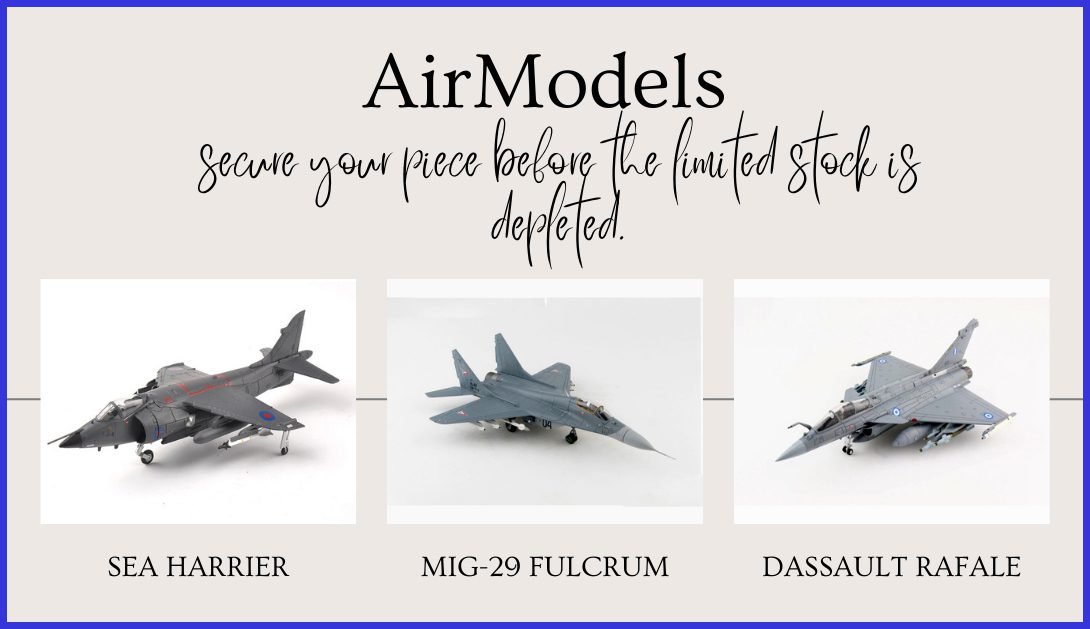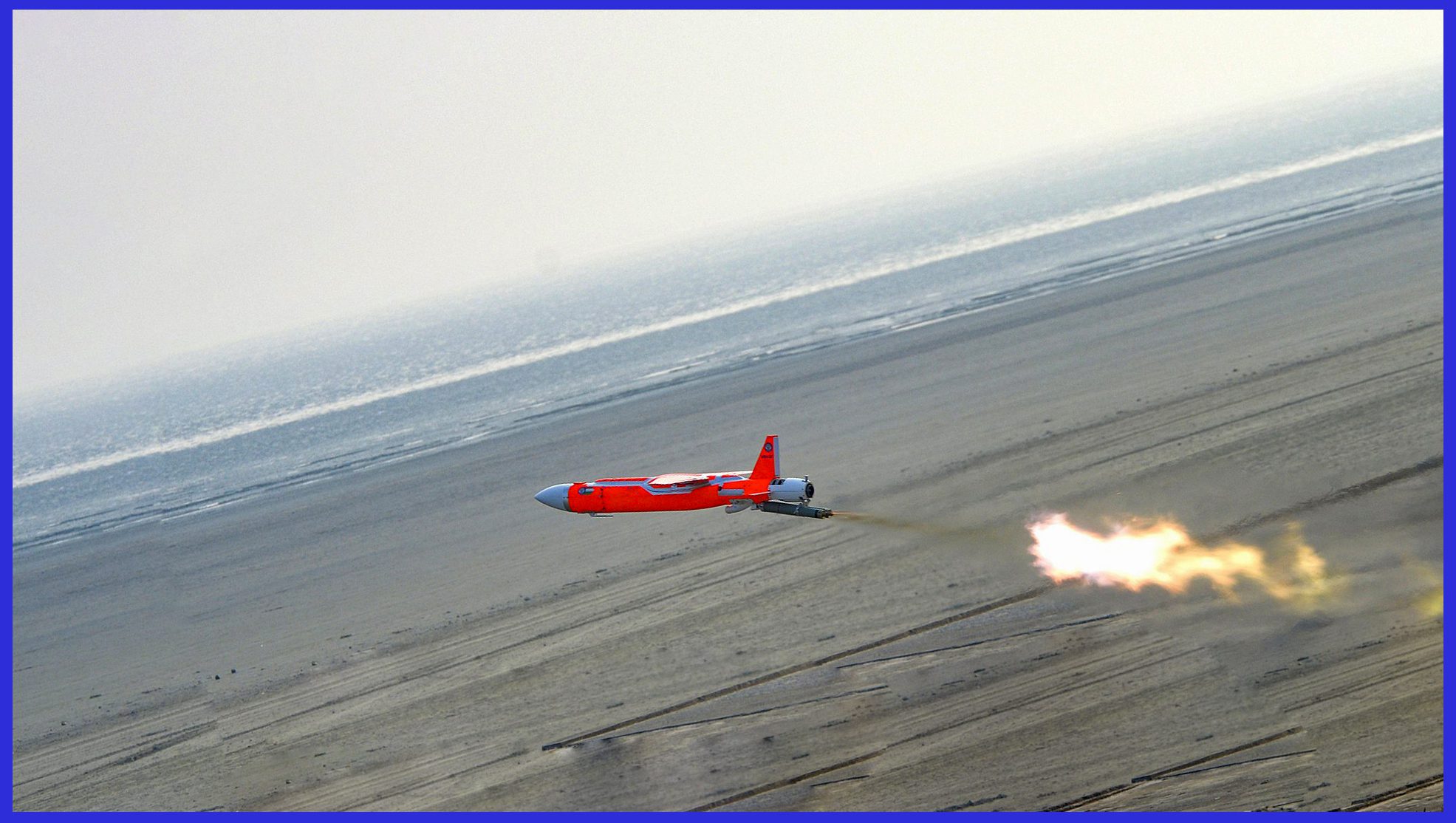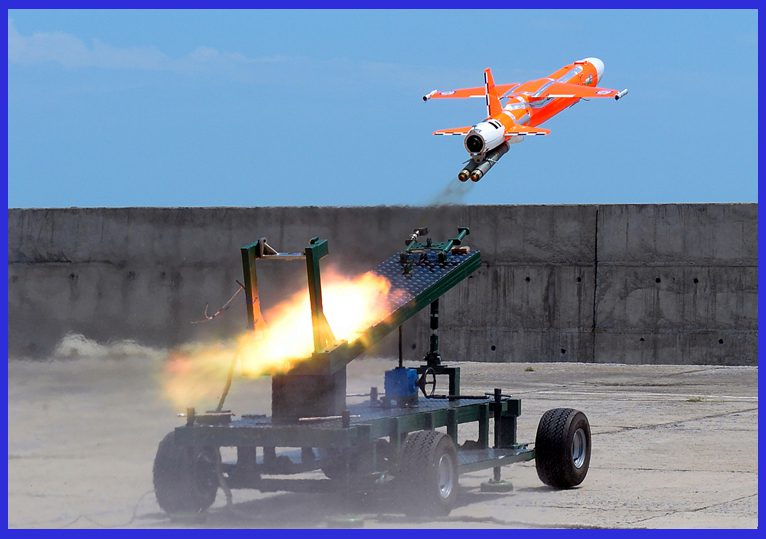An indigenous unmanned aerial vehicle (UAV) has been developed by the Defence Research and Development Organisation (DRDO) of India. Let’s Delve into the Best of DRDO ABHYAS Aerial Target System, which is primarily designed as a high-speed expendable aerial target (HEAT) for testing and evaluating various weapon systems. ABHYAS functions as a surrogate for enemy aircraft or missiles in simulated combat scenarios. This system is being built by the Aeronautical Development Establishment (ADE) under the DRDO for deployment by the Indian Armed Forces.

Abhyas stands as an indigenously developed, cost-effective HEAT system. It features a sleek aerodynamic design optimized for high-speed performance, tailored to meet the tri-services requirements of artillery practice, air-to-air combat, and battleship target practice. This system is equipped with an indigenously developed flight control computer, navigation system, and user-friendly ground control system, ensuring precise manoeuvrability and stability.
With minimal logistics required for operation, it is launched using rocket motors from a Zero-length launcher, while its flight is sustained by a small gas turbine engine. Fully pre-programmable, Abhyas can navigate with waypoint precision, boasting autonomous flying capabilities from 20 meters to 5000 meters altitude. Its modular construction allows for effortless customization to simulate a wide array of threat scenarios, thereby enhancing its versatility in military exercises and trials.

Crafting Innovation: The Journey of Abhyas HEAT Programme
The Abhyas HEAT Programme embarked on its developmental journey with the inaugural experimental launch conducted without the main turbojet engine at the Chitradurga Aeronautical Test Range on 23 June 2012. This pivotal event aimed to evaluate both the launch process and the configuration capabilities of the system. Subsequently, intensive efforts were dedicated to identifying and integrating the gas turbine engine into the Abhyas airframe, followed by comprehensive test runs incorporating the aircraft fuel system and air intake.
By January 2013, the proof of concept had been successfully demonstrated, marking the completion of pre-project trials. With an initial DRDO funding of ₹15 crore, the project received formal sanction. Under the purview of the Aeronautical Development Establishment (ADE), a meticulous roadmap was outlined, encompassing the execution of 15 technology demonstrators (TDs) scheduled to be accomplished by 2015.
Following the acceptance of the prototypes or technology demonstrators (TDs) by the Indian Armed Forces, the subsequent phase involves the commencement of serial production. Additionally, the Indian Defense Services have unveiled a comprehensive global tender outlining the necessity for 225 High-Speed Expendable Aerial Target (HEAT) drones.

It is noteworthy that the Abhyas system has been purposefully designed as an aerial target specifically tailored for missile systems. A significant milestone was achieved when DRDO conducted a successful test-firing of Abhyas from the Integrated Test Range in Odisha on 13 May 2019. This test was meticulously carried out to evaluate the system’s low-altitude flight capability, incorporating the use of a radar altimeter, within a loop demonstration conducted in autonomous flight mode.
On 23 December 2021, DRDO achieved yet another milestone with the successful flight test of another Abhyas conducted from the Chitradurga Aeronautical Test Range. During this test, the effectiveness of a locally developed data link was validated, alongside the demonstration of a high subsonic speed trajectory maintained at a very low altitude, ensuring long endurance capabilities. Abhyas utilizes a MEMS (Micro-Electro-Mechanical Systems) gyroscope-based inertial navigation system for precise guidance, coupled with a flight control computer that interfaces with the ground station, facilitating seamless autonomous operation.
On December 17, 2021, Hindustan Aeronautics Limited (HAL) secured a significant order from the Aeronautical Development Establishment (ADE) for the production, integration, testing, and supply of DRDO Abhyas. This order marks the initiation of a collaborative effort with a private sector industry acting as a Development-cum-Production Partner (DcPP). The commencement of series production for the platform was kickstarted with this pivotal order.
Each unit of the DRDO Abhyas, including the launcher, is priced at ₹40 lahks. Subsequently, on October 20, 2022, DRDO conferred upon HAL, during DefExpo-2022, the Development-cum-Production Partner (DcPP) / Production Agency (PA) certificate for ABHYAS, further solidifying the partnership.

ABHYAS Aerial Target System Design Analysis
- Aerodynamic Efficiency: ABHYAS boasts a sleek and streamlined design meticulously crafted to minimize aerodynamic drag, consequently enhancing its speed and manoeuvrability. The fuselage and wing configuration are precisely tailored to ensure stable flight characteristics, enabling it to effectively simulate high-speed enemy aircraft. Drawing upon the expertise of DRDO, the fuselage design for Abhyas was developed based on the Lakshya tow body concept. Comprising five distinct sections—the nose cone, equipment bay, fuel tank bay, air intake bay, and tail cone—the fuselage is engineered to optimize performance and functionality.
- Launch Mechanisms: ABHYAS integrates sturdy launch mechanisms, among which rail launch systems are prominent. Propelled by a gas turbine engine weighing 19 kg, the ABHYAS system boasts a thrust of 25 kg, enabling it to sustain flight for 30–45 minutes and cover distances of up to 400 km.
- Materials and Construction: It incorporates lightweight yet robust materials, including composite materials and alloys, to ensure structural integrity while minimizing weight. The nose and tail cones utilize Glass Fiber Reinforced Polymer (GFRP), offering durability and strength. Conversely, the equipment bay, air intake bay, and fuel tank are constructed from an aluminium steel alloy, balancing strength and weight efficiency. Derived from the Lakshya, the wings and tailplane of ABHYAS are downsized, with a notable design alteration positioning the wings on the upper side of the body, unlike the under-body wings of the Lakshya. This design modification enhances agility and endurance, facilitating extended flight durations during test missions.
- Guidance Systems: ABHYAS boasts state-of-the-art guidance systems, incorporating GPS technology alongside an onboard flight control computer and a miss-distance indicator. Designed for autonomous flight, ABHYAS utilizes an autopilot system to navigate independently. To emulate a fighter aircraft, the radar cross-section is increased by 50 times. These integrated components synergize to facilitate autonomous flight operations, precise navigation, and meticulous mission planning, thereby enhancing the system’s reliability and accuracy in simulating diverse threat scenarios.
In short, its flight profile characteristics
- The Abhyas is initiated from a mobile launcher aided by two booster rockets.
- The twin rocket boosters help in providing the initial acceleration until the small turbojet engine starts to sustain high subsonic speed.
- After its launch phase, the burnout booster rockets are discarded.
- Thereafter, the main gas turbine engine powers the vehicle during the cruise phase.

Specifications of the Abhyas Aerial Target System
- Length: 7 ft 10 in (2.13 m)
- Diameter: 7 in (178 mm)
- Weight: Maximum All-Up Weight (AUW) 75 kg (165 lb)
- Maximum Speed: 648 km/h (403 mph)
- Range: 400 km (250 mi)
- Endurance: 30 to 40 min
- Power Plant: A small gas turbine engine weighing 19 kg produces 25 kg of thrust
- Altitude: 5,000m (16,000 ft)
- Turning: 2.0 g
- Flight Controls: Programmed WPN, Altitude Hold, Heading Hold
- Augmentation: Radar Cross Section (RCS), Visual, Infrared (IR)
- Miss Distance Indicator: AMDI (Automatic Miss Distance Indicator)

Conclusively, the DRDO ABHYAS Aerial Target System demonstrates India’s proficiency in aerospace engineering and defence technology. Its meticulously designed features, showcasing aerodynamic efficiency, lightweight construction, and adaptable payload integration, illustrate a comprehensive strategy to fulfil the rigorous requirements of contemporary military training and evaluation.
This HEAT system provides a cost-effective and reliable solution for training and testing requirements in air defence and missile systems development. Its successful deployment underscores DRDO’s commitment to developing cutting-edge technologies to bolster the country’s national security. As India progresses in enhancing its indigenous defence capabilities, ABHYAS stands out as one of the prime instances of innovation and excellence in defence research and development.
Important Announcement for Our Valued Readers!
After an article is published, it is possible that updates or changes may have occurred beyond the time of publication. Therefore, it is important to be aware that certain information in the article might be outdated. To ensure the most accurate analysis, it is highly recommended to verify the content with the latest sources available.
However, we are dedicated to delivering outstanding articles on military products and global updates. Maintaining quality and smooth operation requires resources. Your support sustains our efforts in providing insightful content. By purchasing high-quality products through our affiliated links, you help us keep our platform alive and acquire top-notch items. Your unwavering support is invaluable and inspires us to strive further.
We welcome your suggestions and requests for more information, as we value feedback from our readers. If there’s specific defence material or equipment not covered on our site, please share your request in the comments. We’ll strive to research and provide the required information. We sincerely thank you for your unwavering interest in our website, and we eagerly anticipate hearing from you! Enjoy your reading experience!
